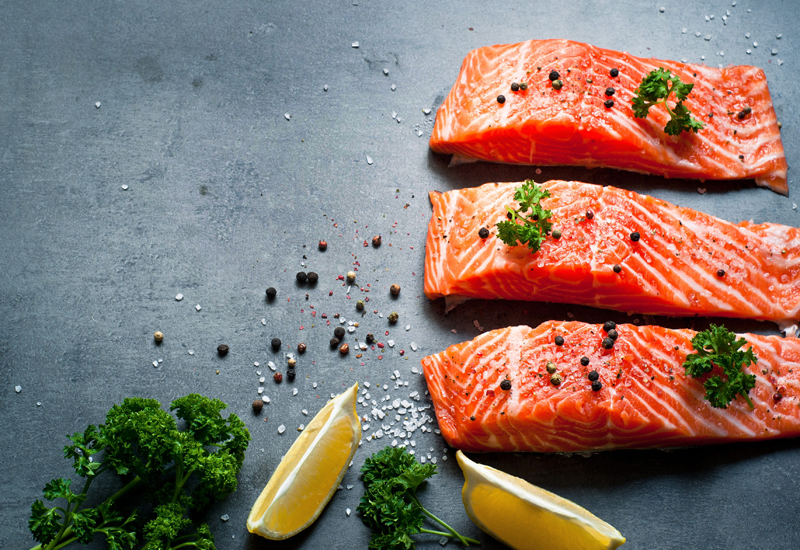Price challenges
“Seafood prices are market driven and, depending on the species, can vary substantially,” Gonzalez explains. “For example, Pacific cod and black cod are similar in name, however prices are substantially higher for black cod due to high demand, low production and product forms (headed and gutted versus fillet). Chefs are always price conscious and buy their fish based on the kind of establishment (high-end versus low-end fast food). All fish does not fit all markets.”
Senara’s Reilly confirms this, stating: “Chefs in the region are very price conscious, despite people’s perception of Dubai.
"Customers don’t want to spend too much money on a meal, meaning chefs are faced with the challenge of creating dishes that give both the customer the satisfaction of fresh high grade seafood at a good price, and to meet their budgeted costs. Items like fresh scallops that need to be shipped ASAP cost many times more here than you would pay in a location that they are fished from.”
Pugnet tells Caterer: “The seafood industry, like any other, is subject to a lot of factors to determine prices. As most seafood products available in the UAE are imported, on top of offer and demand, origin, quality, volume, fresh vs. frozen, you need to add cost of shipping to the UAE. Prices can vary a lot for the same type of items. If you look at the lobster category for example, the blue lobster from Brittany is twice as expensive as the Canadian lobster.
"Same with caviar, abalone or the different types of oysters. Chefs in the region are in a tricky position — everyone loves a high quality product but, unfortunately, a lot of them have to work within strict food cost objectives. This means they automatically disregard some products, as they cannot afford them within their current food cost structure.”
He adds: “The Friday brunch tradition is also putting a lot of pressure on chefs and has triggered a lowering price war within the UAE. Instead of offering better quality, the trend has been to reduce the price to attract more footfall, to offer more for less money, therefore drastically reducing the value of the experience to mostly quantity.
“Bigger in most cases doesn’t mean better, especially when you talk about seafood and flavours.”
Great expectations
With GCC demand for fresh fish products expected to grow approximately 8% each year up to 2030, local, regional and global fish suppliers, producers and aquaculture centres have an exciting decade ahead of them, as they step-up to meet consumer demand.
In the UAE alone, fish consumption is predicted to cross the 900,000-tonne barrier by 2030, which is quite a leap, given that the entire GCC fishing industry, as of 2015, produces 392,000 tonnes of fish per year. The fish processing industry is at an interesting stage in its evolution, globally and regionally, with signs pointing towards further growth, higher standards and more pressures in terms of cost, sustainability and quality.

| Advertisement |










 Search our database of more than 2,700 industry companies
Search our database of more than 2,700 industry companies









